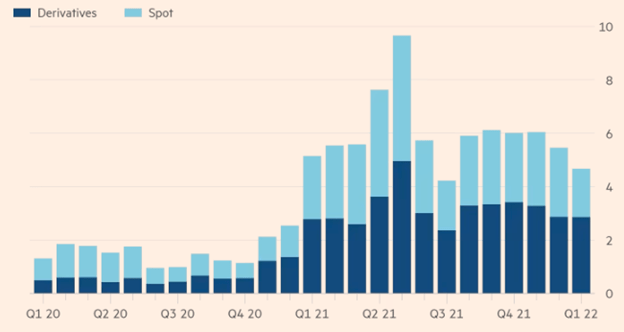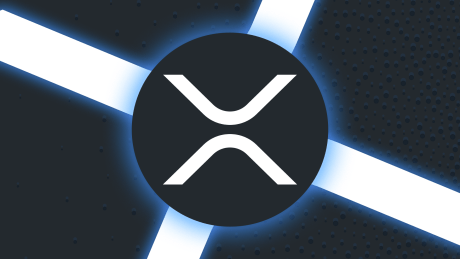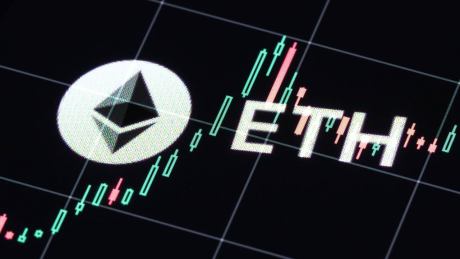In 1996, the New York Times wrote a piece on the introduction of the Internet to the stock market. The article discussed how the Internet could replace the functions of a broker, whose stock in trade is information, advice, and the execution of transactions, all of which may be cheaper and easier to find online. This seminal piece can be regarded as the starter pistol for the debate around whether or not the world needed a high-priced Wall Street brokerage to find buyers for their stock when this could potentially be done by investors directly over the net.
True enough, what was once but a hypothesis has become reality. Exchanges are a mere click away and information can be found in abundance over the Internet in seconds. The utility of the Internet has placed considerable power in the hands of individuals, thus giving budding traders a chance at playing the game, a chance at generating wealth, but also the exposure to the risks of the markets.
Whilst Wall Street was once the world stage for professional traders and brokers, thanks to the power of the internet and Web3, the image of titans of industry ringing the opening bell on bustling trading floors is no longer applicable; now, people trade from the comfort of their own bedrooms, and the sound of opening bells has been replaced by the incessant ping of Twitter notifications alerting traders to the newest IEOs.
There is though another shift in trading that is occurring…and that is the increasing, rapid movement towards accessing more lucrative financial opportunities through:
Crypto derivatives trading
For those who are unfamiliar with a derivative, it is a financial instrument whose value depends on the values of other more basic underlying variables and includes assets such as futures, forward contracts, swaps, options and more. Some commonly traded crypto derivatives include futures and options as well as perpetual contracts and swaps too.
Derivatives play a pivotal role in transferring risks in the economy and in making spot markets more liquid; historically, crypto spot markets have been incredibly illiquid, even when adjusted for marketcap in comparison to traditional markets. It wasn’t until the introduction of crypto futures markets that spot markets saw a noticeable uptick in their dept and liquidity, which started to take effect from 2017-2019.
Besides their use as a hedging instrument – which has, from around 2021 been transformational for venture investors looking to lock in prices for unvested/locked token holdings – derivatives can also be used to speculate – with this indeed being arguably their primary use case – and to get exposure to markets without having to own the underlying asset the value of which you’re trading; a point of great convenience, given the nature of some crypto assets!
Similarly, with the ongoing and increasing adoption of blockchain technology, derivatives trading in cryptocurrencies is starting to become increasingly popular. Based on a report by Tokeninsight’s Cryptocurrency Derivatives Exchange, the cryptocurrency derivatives market’s trading volume grew exponentially between Q3 2019 and Q2 2020 with a total increase of 159.4%. This peaked in May 2021, just before the Chinese mining ban which healed the start of the current bear market. A rebound thereafter brought it somewhat back towards its May 2021 high, although it has seemingly plateaued since.

Source: https://www.ft.com/content/364dee59-fb51-400b-acd2-808d4ec41ab3
With many analysts and researchers predicting strong growth within the crypto derivatives sector over the coming years, what can we do to get ahead of the game? What can be done to take you from aspirational to confident trader in the cutting-edge market of crypto derivatives? We have just the right solution for you.
The Globe Edge
Equally as important as knowing what instruments to trade and how they work is knowing where to best trade them; with crypto derivatives, the underlying asset can be any cryptocurrency token, or a basket of them, or indeed even their very volatility itself. Typically, crypto exchanges predominantly use the stablecoin USDT as a quoted price against cryptocurrencies for derivatives such as futures, forwards and swaps (as well as for spot trading).
Whilst this may be an attractive solution for many, those who hold cryptocurrencies such as ETH and BTC, or who are worried about the peg of assets such as USDT, will likely avoid such contracts, unless their perceived risks can be diversified, due to the high opportunity costs associated with converting their crypto assets to stablecoins.
Globe Exchange provides a solution to this; through their newly launched unified margin feature, traders will be empowered to use just about any asset as collateral for trading linear perpetuals on its derivative exchange, thereby solving the problem of orderbook fragmentation which plagues older, legacy exchange which split orderbooks into USDT or BTC-margined futures. Regardless of the coins a trader holds, they will no longer be required to swap assets for stablecoins in order to trade linear perpetuals, allowing them to interpolate their risk profiles between BTC longs and stablecoin holdings.
Besides that, through Unified Margin, traders will also be allowed to use coins such as BTC to trade futures contracts without converting it into stablecoins which will allow a trader to maintain the exposure to BTC whilst utilisting short-term trading strategies.
Simply put, Unified Margin will allow a trader to partake in futures markets by facilitating the use of any coin as collateral.
Performance
Derivatives trading is a high performance activity; when you have conviction in a trade and an entry price point, you need to have confidence that the exchange you’re trading on is liquid enough to fill your order. Often, when limit orders are set, one of the most common occurrences – and a big hindrance to trading strategies – is that the order doesn’t get filled and the trade doesn’t go through, or taker orders suffer huge slippage, or the exchange latency spikes making it unclear where the trade execution is likely to occur.
All of this means, therefore, that were the trade to then end up being incredibly profitable, the trader would’ve missed out on this opportunity by the exchange not having been able to place their trade.
This is an issue with the liquidity on an exchange; globe is already one of the most liquid futures exchanges in the world. Despite launching just a few months ago, it has overtaken older, well-recognized industry names like Kraken, Bitmex, Bitfinex & Gate in terms of liquidity, thereby drastically reducing a traders’ risk of not having their orders filled.
As such, researching the performance and liquidity of the trading platform you’ll be using is incredibly important to be able to execute on the trades you want to place. To return to the example of Globe, for instance, they have a unique exchange architecture; it’s designed to provide users with a better, faster, safer and more liquid trading experience for their users.
In contrast to older exchanges, Globe’s cloud API returns robustly at a few milliseconds, whilst FTX for example often responds 80x more slowly. In fact, Globe’s matching engines have overtaken even those in traditional finance (5us vs. 50us for LSE whitelabels, etc.)
Security and functionality
One of the key considerations – if not the key consideration – when choosing a trading platform is security. Crypto is, unfortunately, renowned for hacks and security breaches. Without a robust, tried and tested security architecture in place, then being a profitable trader and having a successful strategy in place becomes redundant; being highly profitable is redundant if your funds get stolen. With Globe, this isn’t something to worry about; their wallets have never been hacked or compromised, and they’ve invested in an industry-leading security architecture, for example cold storage solutions and robust insurance protocols, designed by some of the most accomplished experts in the field.
Important to note as well are points such as liquidity; when margin trading, you’re using leverage to increase your position size with a view to amplifying profits. With increased position size comes the consideration of liquidity; through the reliability of the platform and their work with teams of institutional market makers, Globe has enabled the instruments on their exchange to have enough depth of market to ensure that orders get filled, regardless of how large or small traders want their positions to be.
Final Thoughts
With the Globe edge, traders will be able to level up their trading skills, one or multiple steps at a time, catalyzing the transition from aspirational to professional trader in no time.
Get started today and trade any asset in your account as collateral by visiting: https://globe.exchange/























